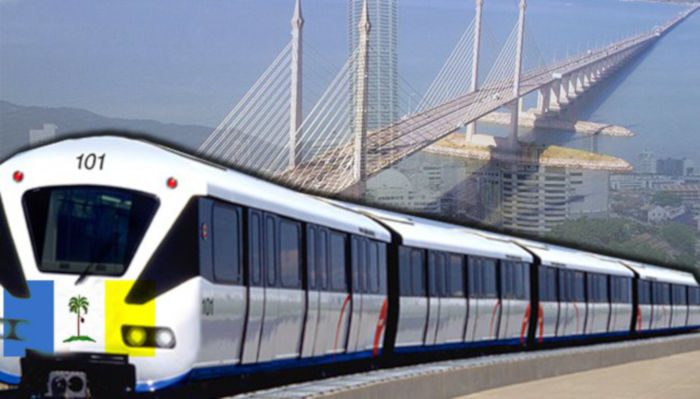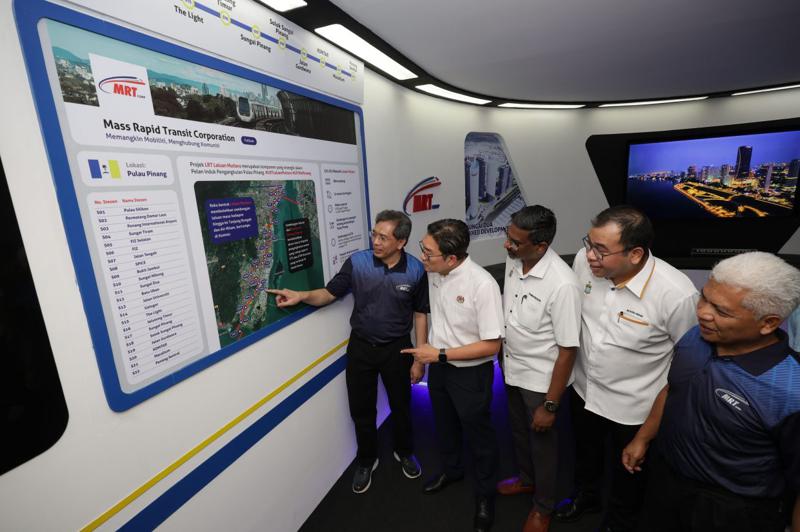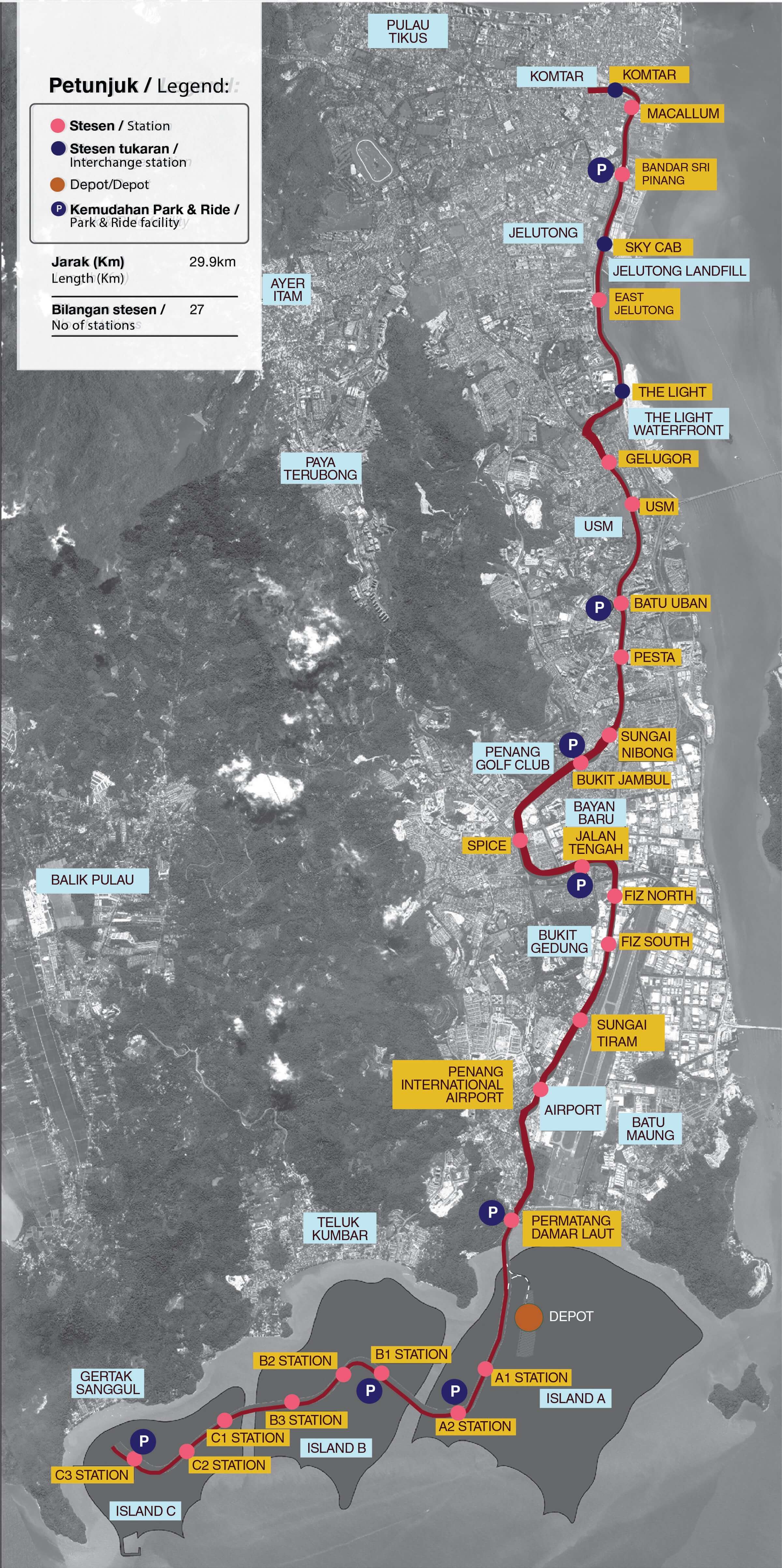The national education system needs an urgent overhaul by making changes to irrelevant subjects, says Tunku Ismail Sultan Ibrahim. New and proactive initiatives are needed to equip the country’s youth to face upcoming challenges, the Regent of Johor says in his first state assembly speech. Experts agree on the need to transform the current national education syllabi but reorienting an education system could take time.

Royal presence: Tunku Ismail (left) opening the third term of the 15th state assembly sitting in Kota Iskandar. — Bernama
Update of syllabi needed
ISKANDAR PUTERI: The Regent of Johor has called for a national education reform by making changes to the syllabi of subjects that are no longer relevant to ensure that the next generation will remain competitive.
Tunku Ismail Sultan Ibrahim said the Federal Government should take more proactive measures to improve the quality, system and facilities of education.
“An important change that needs to be made is to update the syllabi of subjects that are no longer relevant.
“If this cannot be done at the national level, let Johor become the first state to change the syllabi in our schools,” he decreed when opening the third term of the 15th state assembly sitting in Kota Iskandar here yesterday.
It is also his first state assembly opening speech as Regent of Johor.
According to Tunku Ismail, he has always stressed the importance of quality education for the people.
“Quality education is the basis of a developed state. It will help to solve various issues and bring more job opportunities to the next generation,” he said.
He also highlighted a recent World Bank report as well as the country’s substandard performance in the Programme for International Student Assessment (Pisa) in his speech.
Malaysia’s achievements in the international assessment “Trends in International Mathematics and Science Study” and Pisa have yet to reach the top three positions as desired in the Malaysia Education Blueprint 2013-2025.
“If we do not face these realities, then we should not complain when our next generation is less competitive compared with their peers.
“New and proactive initiatives are needed to equip youths to face upcoming challenges,” said Tunku Ismail, who is also the Johor Crown Prince.
He hoped that in years to come, every Johorean student would graduate from a higher education institution and not just stop at the secondary school level.
“The state needs more technology-savvy students and those who are exposed to ever-changing technology trends.
“It is my priority to ensure that all the Bangsa Johor people have food on the table, a place to stay, and access to quality education for their children, besides access to basic amenities and good healthcare services,” he told the state legislative assembly.
When Tunku Ismail was a guest on the Keluar Sekejap podcast in October last year, he told hosts Khairy Jamaluddin and Shahril Hamdan that quality education for the next generation is something that is close to his heart.
Tunku Ismail also said the Causeway in Johor Baru and the Second Link near here are important bridges to cross the border into Singapore for work as well as for Singaporeans to visit the state.
“Lately, upgrades have been conducted at the Customs, immigration and quarantine complexes at Bangunan Sultan Iskandar (at the Causeway) and Kompleks Sultan Abu Bakar (Second Link), but there are still many shortcomings that need to be addressed.
“I want to see these issues solved without compromise,” he added.
Tunku Ismail also thanked Prime Minister Datuk Seri Anwar Ibrahim and the Federal Government for selecting Johor to implement the Johor-Singapore Special Economic Zone (JS-SEZ) and Special Financial Zone (SFZ).
Besides significantly boosting Johor’s economic growth, he is confident that Johor and Singapore’s ties would be further strengthened through the initiatives.
He urged the state’s civil servants to do their part in ensuring that the JS-SEZ, SFZ and other related projects are implemented efficiently and on schedule.
He hoped this would help Johor transform into one of the main economic hubs in the region by 2030.
Time needed to revamp system, say experts
PETALING JAYA: There is a need to transform the current national education syllabi in keeping with the times and global challenges, but reorienting an education system could take time, say experts.
Dr Yeah Kim Leng, director of economic studies programme at the Jeffrey Cheah Institute of Sunway University, said that for a country to move forward, it is important to create quality and skilled students so that they can compete with their peers globally.
He pointed out that there should be greater emphasis on the four disciplines of science, technology, engineering and mathematics (STEM) and the 3Rs of learning.
The 3Rs refer to the skills of reading, writing and arithmetic.
“The current education syllabi in national schools definitely need to be reoriented to include more STEM subjects while emphasising the 3Rs. Language skills must also be given more focus, especially due to the deterioration of language proficiency.
“Language proficiency is important in a borderless economic landscape, and what more with advanced technology? The emphasis should be on the English language, as it is widely used in the business world, and with the rise of China as an economic power, Mandarin, too, is of much importance.
“Malaysian schools need to enhance learning; students need to learn how to learn so that they can be critical thinkers with a broad understanding of world developments.
“The focus should be on financial literacy and cross-cultural acculturation, which will allow students to be flexible in a multicultural setting. It is very important for Malaysians to be inclusive and apply their skills to take the country to greater heights,” said Yeah.
“The education ministry needs to update itself to incorporate and review the education system to ensure that the national education institutions keep up with the times.”
National Union of Teaching Profession president Aminuddin Awang said the current Malaysian National Education Blueprint ends in 2025, and changing it abruptly would be unwise.
“We cannot deny the recent World Bank report on Malaysia’s education standards, as it was done based on data, and we should accept such criticism for our own good. I believe the Education Ministry understands such criticism from the World Bank and has already started to engage the stakeholders in national education to get their inputs for the next blueprint.”
Parent Action Group for Education chairman Datin Noor Azimah Abdul Rahim said teachers are the most important factor in making any national education system a success.
“As long as the teachers cannot deliver, no matter what syllabi you come out with, if the same teachers are going to deliver it the same way, the results will not get any better.
“The authorities overseeing the national education system need to reconsider the training methods for teachers.
“The Education Ministry has obviously been in denial by stating that there is nothing wrong with the education system,” said Azimah.











